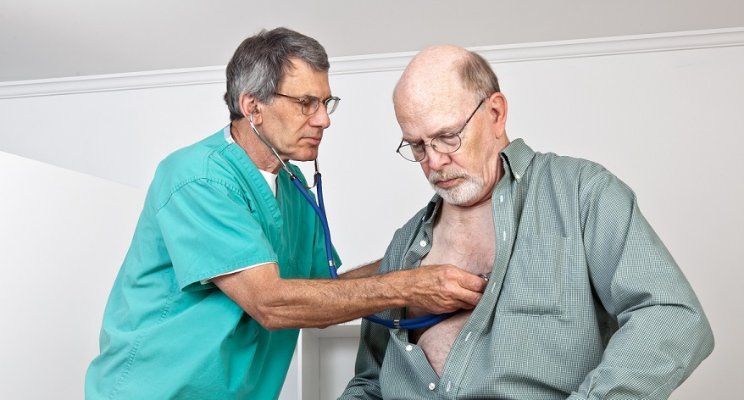Many patients visiting emergency departments suffer from chronic conditions. They’re often older adults battling various ailments that require long-term care, such as asthma, diabetes and heart disease. And often, they aren’t receiving the treatment necessary for sustained health. That only increases the likelihood that they’ll have to visit the ED again in the near future.
It’s important that ED staff can identify these people and help transition them to an appropriate care setting or treatment center at discharge. The odds that these same people will return to the ED are high if no long-term care plan is implemented.
Not only is that bad for the patient, it can have a negative impact on wait times, crowding, patient safety and patient satisfaction. By taking a proactive approach and encouraging continuity of care for ED patients suffering from chronic conditions, your emergency department will be able to counteract those effects.
So, what can EDs do to ensure patients with chronic conditions seek out and receive appropriate care upon discharge from the ED?
Plan for Discharge
First, make sure your ED has a strong discharge checklist in place that has specific instructions about:
- medication and dosage
- information about follow-up appointments
contact information for organizations and healthcare providers in the community that can help the patient develop and follow an overall care plan
Make sure your staff takes the time to carefully go over the discharge checklist with their patients, as well as their families and caregivers. By taking a few extra moments to answer any questions about the treatment plan, along with where and how to seek care outside the ED you’ll likely reduce the chances of a return visit to the ED. A referral to a primary care physician, community support group or treatment center may all be appropriate.
Carefully Assess Patients, Including for Chronic Conditions
Additionally, EDs must accept that their role in healthcare has evolved into something much more than providing emergency care. Patients, understandably, aren’t always able to determine whether they’re symptoms or conditions merit emergency medical attention, as this issue brief from the Kaiser Family Foundation points out. As a result, EDs are often making the clinical assessments patients need to begin long-term treatment.
While these diagnoses and assessments are a first step, they shouldn’t be the last step taken in the emergency department. As the issue brief makes clear, these assessments can no longer be deemed an inappropriate use of the ED by patients. It’s now the norm, especially in EDs serving vulnerable populations who may have limited access to primary care.a first step, they shouldn’t be the last step taken in the emergency department. As the issue brief makes clear, these assessments can no longer be deemed an inappropriate use of the ED by patients. It’s now the norm, especially in EDs serving vulnerable populations who may have limited access to primary care.
Identify Barriers to Care
EDs must utilize all the resources at their disposal to empower their patients to take action outside the ED. This will require EDs to identify the barriers preventing their patients from seeking long-term care. Short surveys during the triage process can be an effective means to determining what these barriers may be. Whether it’s limited access to transportation, financial restraints or a lack of knowledge regarding available care options, EDs can be help patients navigate the healthcare landscape to overcome these hurdles.
Recent studies show that continuity of care reduces the likelihood that patients will visit the ED, or make a return visit. The emergency department should serve as a jumping off point to continued care and better health for its patients. As a bonus you’ll reduce the effects of crowding, increase patient satisfaction and provide the highest quality of care possible.
What do you think? What can EDs do to encourage continuity of care outside the emergency department? Share your thoughts below or feel free to drop me a line.
SOURCES:
The American Journal of Nursing: “Transitional Care: Moving patients from one care setting to another.”
The Henry J. Kaiser Family Foundation: “Safety-Net Emergency Departments: A Look at Current Experiences and Challenges.”
Science Daily: “Seniors with more continuity of care use the ER less.”

